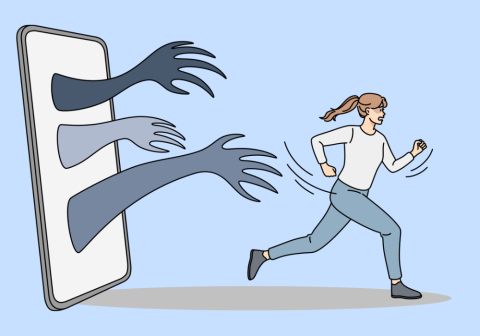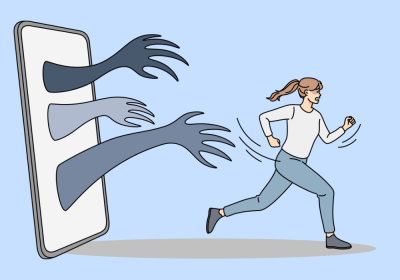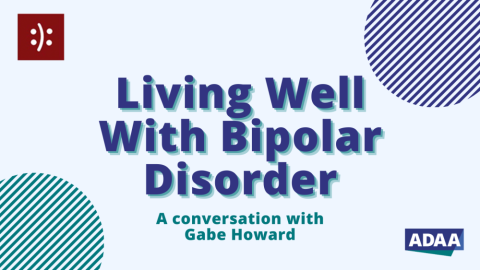Posttraumatic stress disorder, or PTSD, is diagnosed after a person experiences symptoms for at least one month following a traumatic event. The disorder is characterized by three main types of symptoms:
- Re-experiencing the trauma through intrusive distressing recollections of the event, flashbacks, and nightmares.
- Avoidance of places, people, and activities that are reminders of the trauma, and emotional numbness.
- Increased arousal such as difficulty sleeping and concentrating, feeling jumpy, and being easily irritated and angered.
Diagnosis criteria that apply specifically to children younger than age six include the following:
Exposure to actual or threatened death, serious injury, or sexual violation:
- direct experience
- witnessing the events as they occurred to others, especially primary caregivers (Note: Does not include events witnessed only in electronic media, television, movies, or pictures.)
- learning that the traumatic events occurred to a parent or caregiving figure
The presence of one or more of the following:
- spontaneous or cued recurrent, involuntary, and intrusive distressing memories of the traumatic events (Note: Spontaneous and intrusive memories may not necessarily appear distressing and may be expressed as play reenactment.)
- recurrent distressing dreams related to the content and/or feeling of the traumatic events (Note: It may not be possible to ascertain that the frightening content is related to the traumatic event.)
- reactions as if the traumatic events are recurring; the most extreme being a complete loss of awareness of present surroundings. (Note: Such trauma-specific reenactment may occur in play.)
- intense or prolonged psychological distress at exposure to internal or external cues
- marked physiological reactions to reminders of the traumatic events
One of the following related to traumatic events:
- persistent avoidance of activities, places, or physical reminders
- people, conversations, or interpersonal situations that arouse recollections
- diminished interest or participation in significant activities such as play
- socially withdrawn behavior
- persistent reduction in expression of positive emotions
Two or more of the following:
- irritable, angry, or aggressive behavior, including extreme temper tantrums
- hypervigilance
- exaggerated startle response
- problems with concentration
- difficulty falling or staying asleep or restless sleep
Also, clinically significant distress or impairment in relationships with parents, siblings, peers, or other caregivers or with school behavior not attributable to another medical condition.
Updated August 2015
















